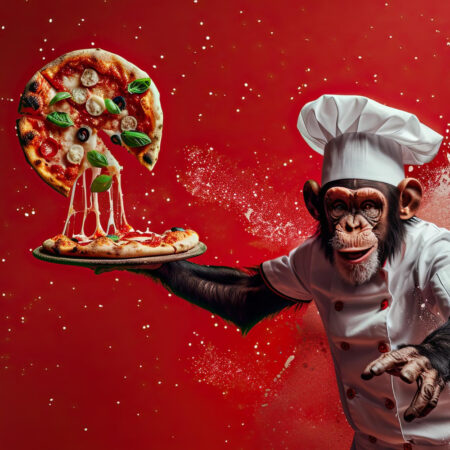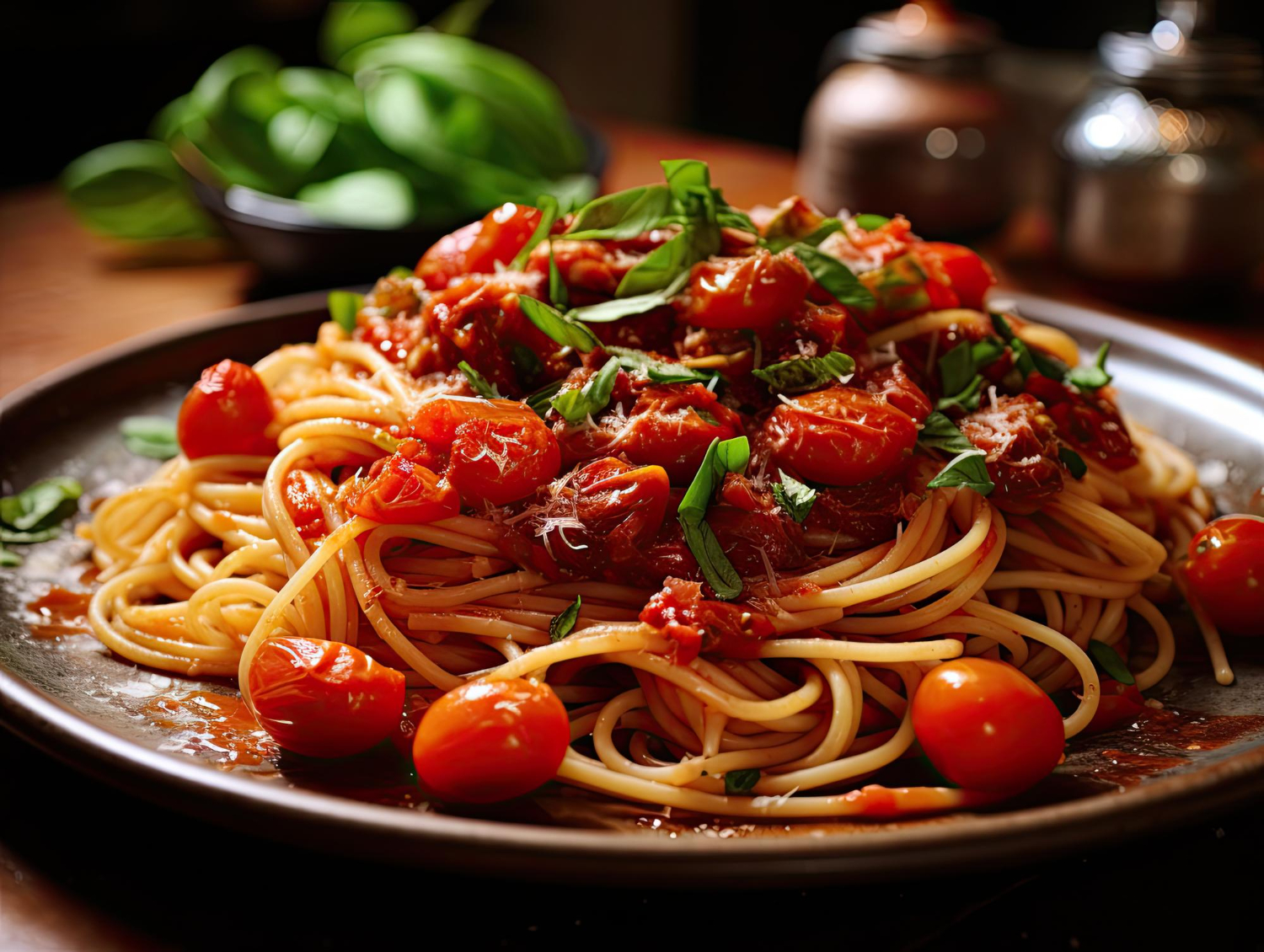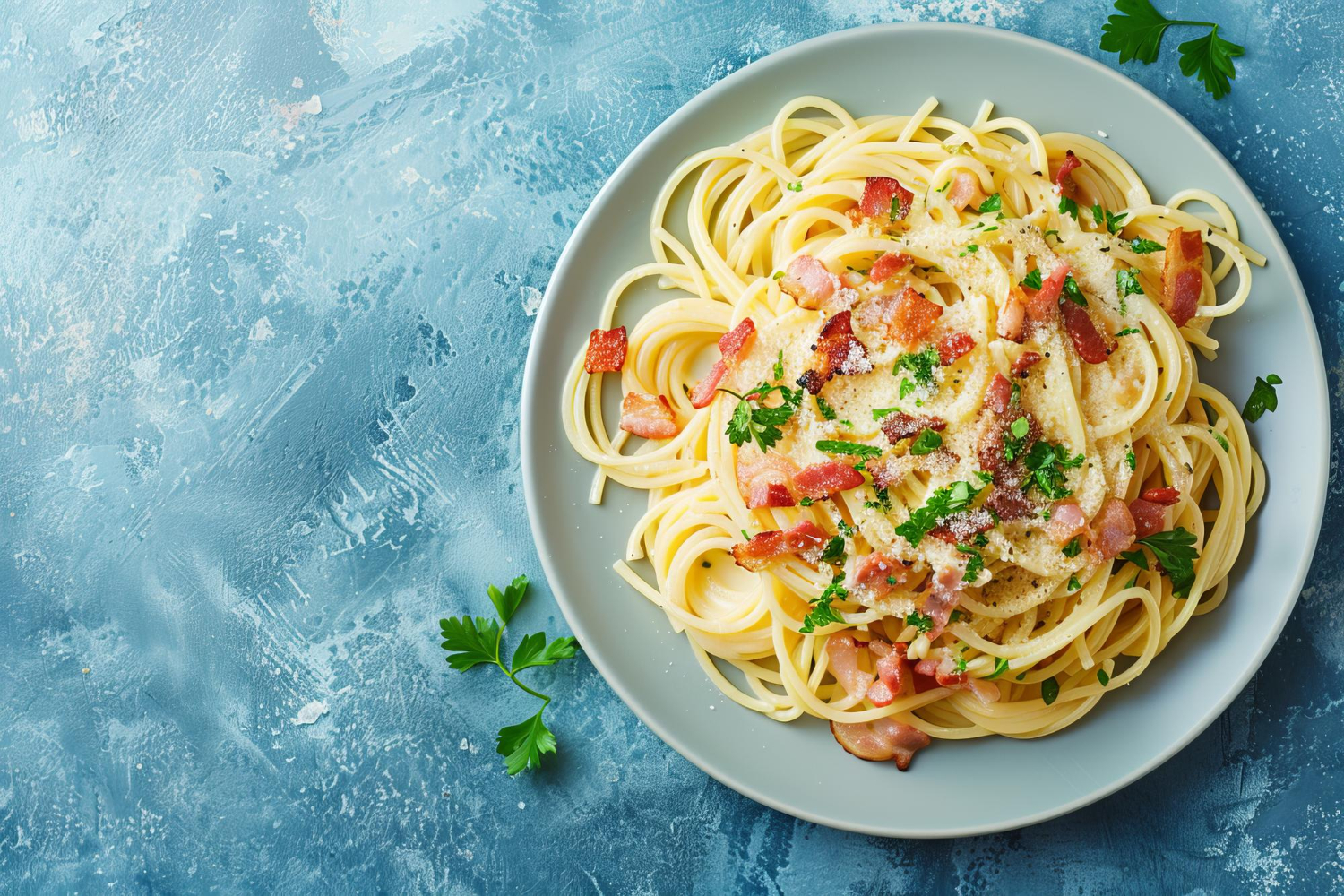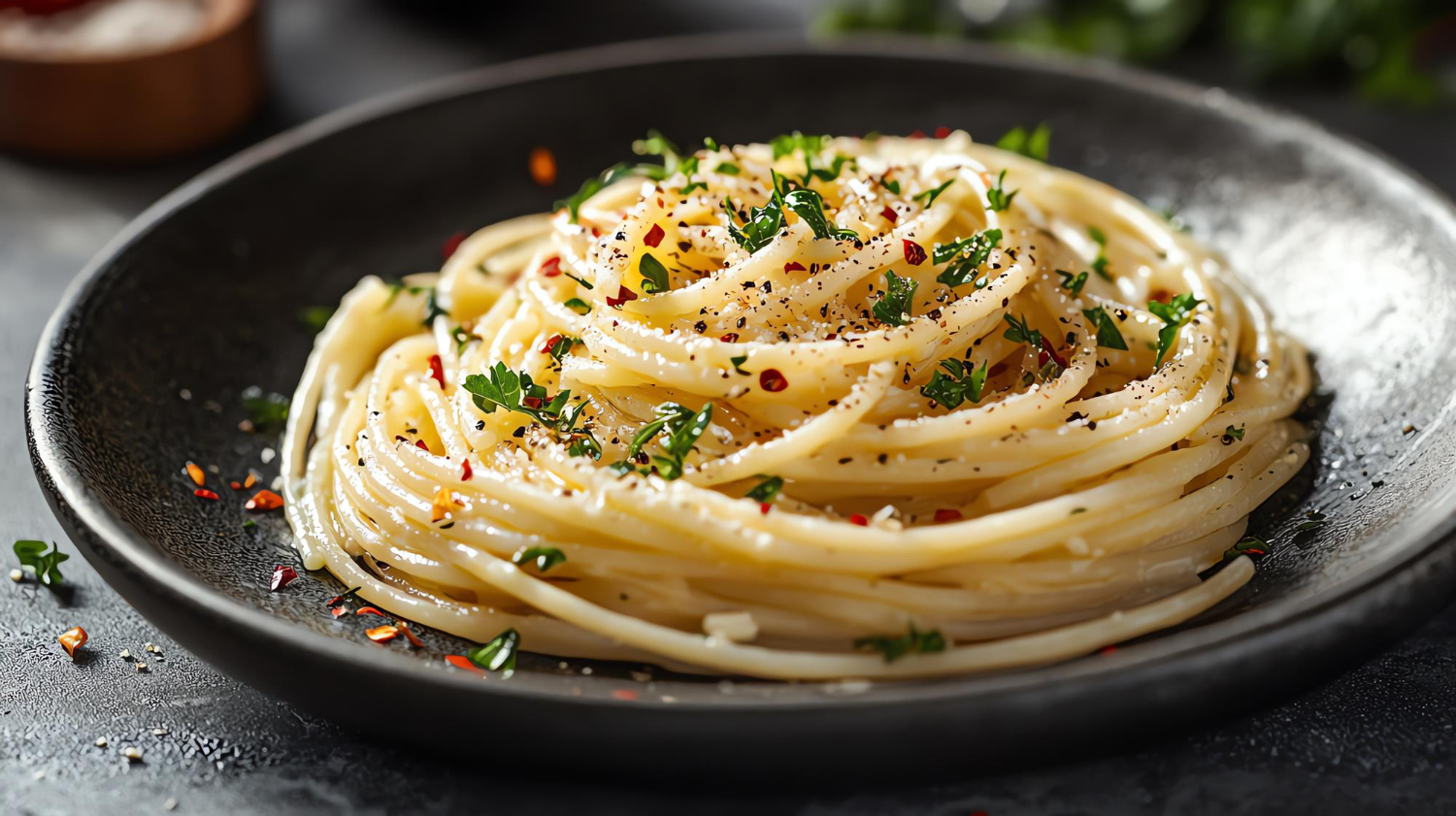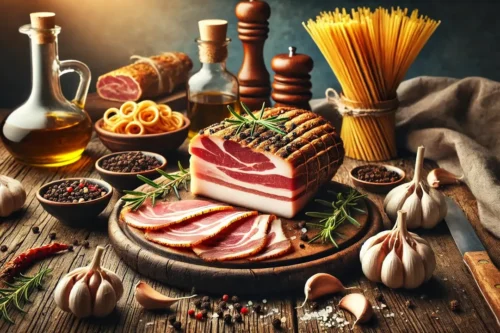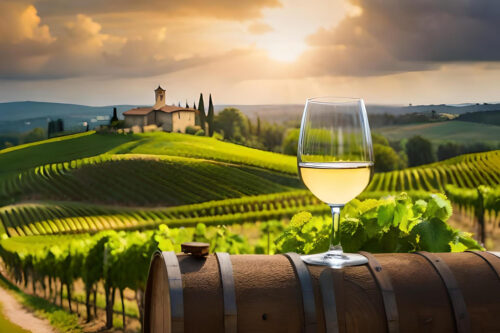Foto: Freepik
Foundation in Antiquity: The Influence of the Romans
In antiquity, long before Italy had become a nation, the culinary traditions of the Italian peninsula were shaped with strong inputs from the Etruscans, the Greeks, and especially from the Romans. Ancient Rome would be where many of the flavors and techniques in present-day Italian cooking are based.
Garum: The umami of antiquity
Garum a fermented fish sauce that flavored so many foods with depth and complexity was one of the basic ingredients of Roman cuisine. Made from fish entrails and salt, it was a generally liked savory condiment used by poor and rich alike. The impact of garum surfaces also in contemporary Italian cookery, especially in anchovy sauces from the south regions favored there.
As the Roman upper classes were wining and dining themselves with sumptuous feasts, the lower classes made do with puls, a basic porridge from farro or barley. It is the ancestor of modern-day dishes of risotto and polenta; it epitomizes the long-standing tradition in Italy to turn humble ingredients into culinary masterpieces.
When Rome fell, Italy didn’t fracture as much as it reorganized itself into separate city-states each of which took on their influences that started to shape regional cuisines. The interplay of Lombard, Frankish, and Arab cultures would lend depth and variety to Italy’s food traditions.
Arab contributions: A sicilian renaissance
During the 9th and 10th centuries, Sicily had been ruled by the Arabs and turned out to be a unique place for cooking. With rice, sugar, oranges, and saffron, the food of the island was completely overhauled, creating such signature dishes as arancini and cassata. These influences also contributed to the promotion of pasta created from durum wheat and prepared it for its place as a fundamental part of Italian cookery.
During the dark medieval period, bread, cheese, and wine were the only three forms of food that had been meticulously developed within monasteries, preserved for civilization after the mass turmoil faded off. Even today, some of the traditional Italian foods are based on greens and fish due to the religious fast periods such as baccalà (salt cod).
It was during the Renaissance that Italian foods were at their best; increasing wealth and imagination had brought cooking up to a fine artistic level. New centres of culinary progress emerged in the courts of Florence, Milan, and Venice.
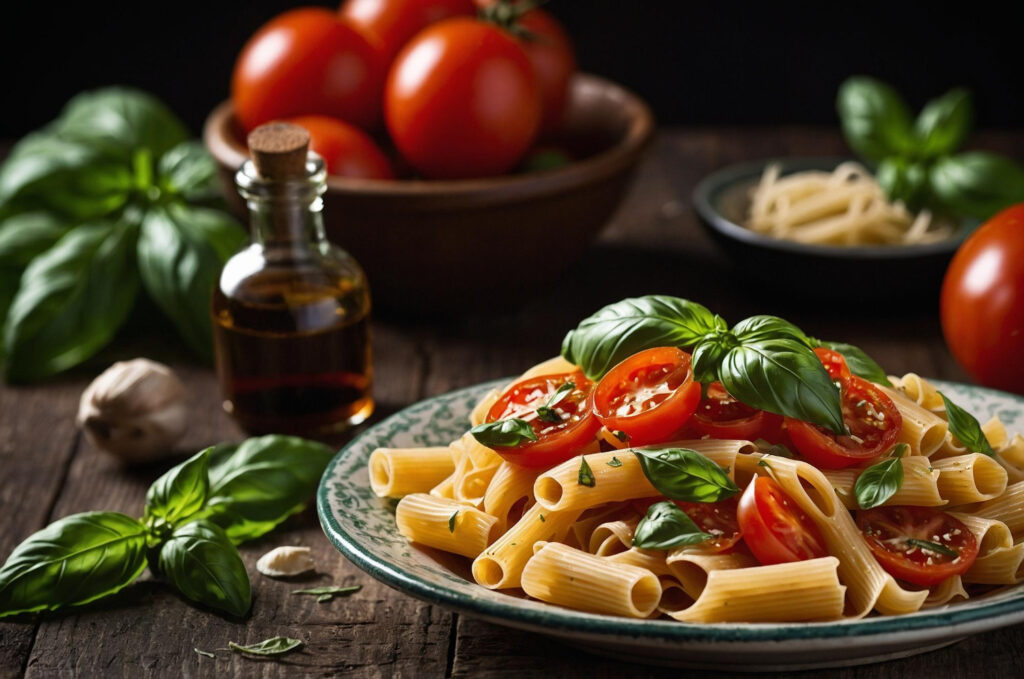
Foto: Freepik
Catherine de’ Medici’s culinary legacy
When Catherine de’ Medici married King Henry II of France, she is said to have brought Italian culinary refinement to the French court. Maybe some aspects of this tale are true, but the Renaissance definitely encouraged a cultural exchange that enhanced both Italian and French cuisines.
Appropriation of Pasta’s Glory
Even though pasta was being eaten for many years across Italy, and it was not until the time of the Renascence that pasta’s shape was diversified and production started happening en-masse in southern Italy. Since the Americas brought tomatoes into Italy, pasta with tomato sauce is the classic Italian food.
Creating regional delicacies unified as modern italian gastronomy
The history of Italy is the history of a country that until the 19th century had regional cuisines and cultures. This is an important difference because no matter how much unification happens at the national level, it should not erase local identities.
Regional identities still matter
From tagliatelle al ragù in Emilia-Romagna to the great pizza and bistecca alla fiorentina in Naples and Tuscany, Italy was built on regional dishes as an emblem of their culinary wealth. Each dish reflects the specific ingredients and methods of its birthplace; the diversity of Italian cooking is in every plate.
Foreign influence on Italian cuisine
Throughout the late 19th and early 20th centuries, multitudes of Italians migrated to the United States and other countries wherein they let loose Italian flavors to the world. Spaghetti and meatballs and other related concoctions were developed outside Italy; nevertheless, they kept the core of Italian culinary values: simplicity, quality, tradition.
It’s now that Italian cooking stands at the fork of retaining versus renewing. It’s the famous chefs of the country, namely Massimo Bottura, who through a marriage of old traditions and creativity are giving a new meaning to Italian cooking. Meanwhile, other movements- such as Slow Food- champion holding onto traditional recipes and sustainable practices.
A Culinary legacy that lasts
Italian food has gone through thousands of years of development but has stayed very traditionally tied. It began with the plain country food of the early Romans, then advanced into the complex creations of today-thoughtful methods of serving the best components and making the most of dining together.
It can be as much appreciated when consumed in some tiny trattoria in Rome as when prepared in any kitchen in the world; and it’s a story of strength, change, and passion for food. Every bite allows us to participate in a tradition that has lasted for the ages, proving once and for all that the finesse of Italian culinary art is eternal.

